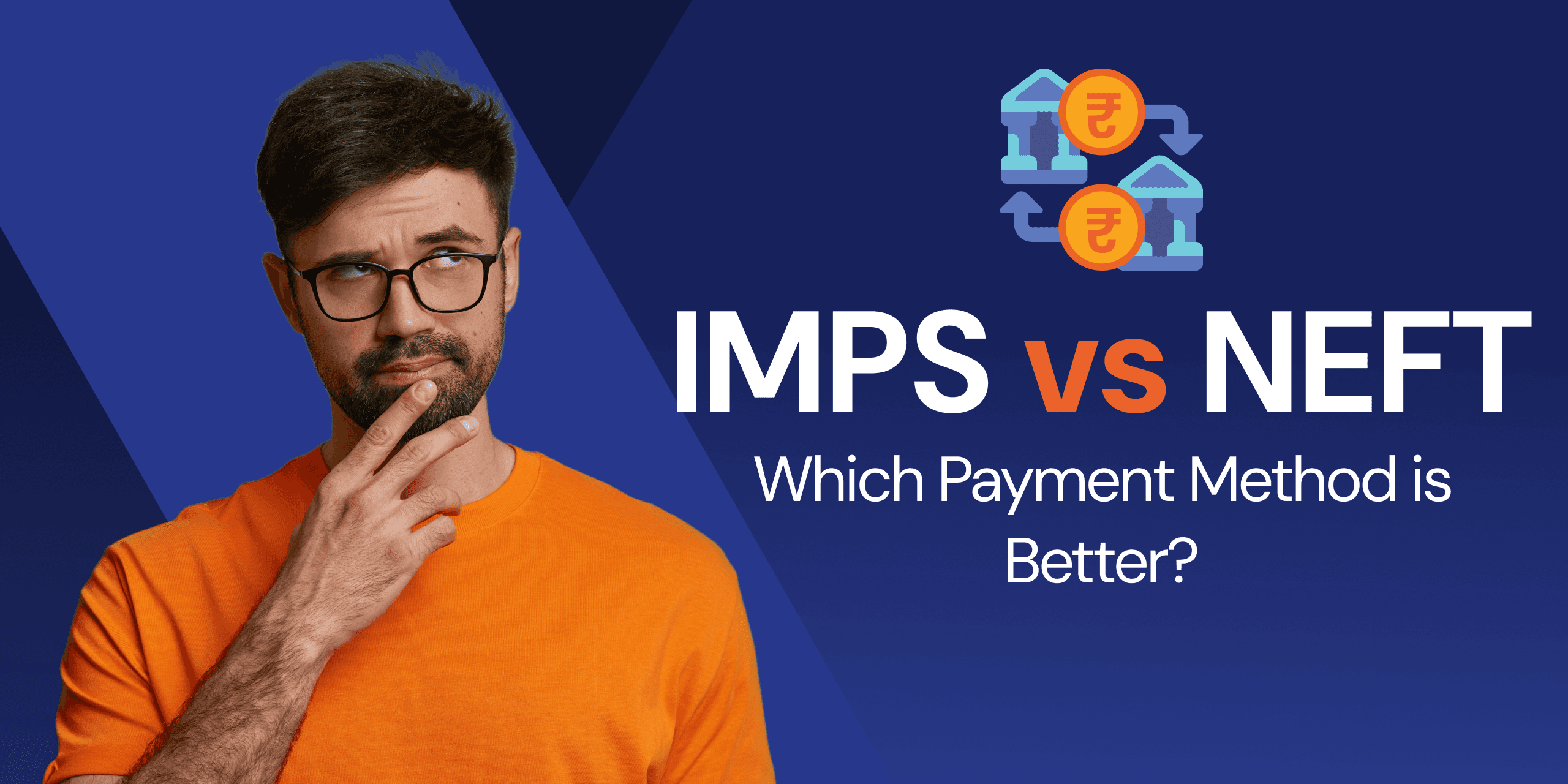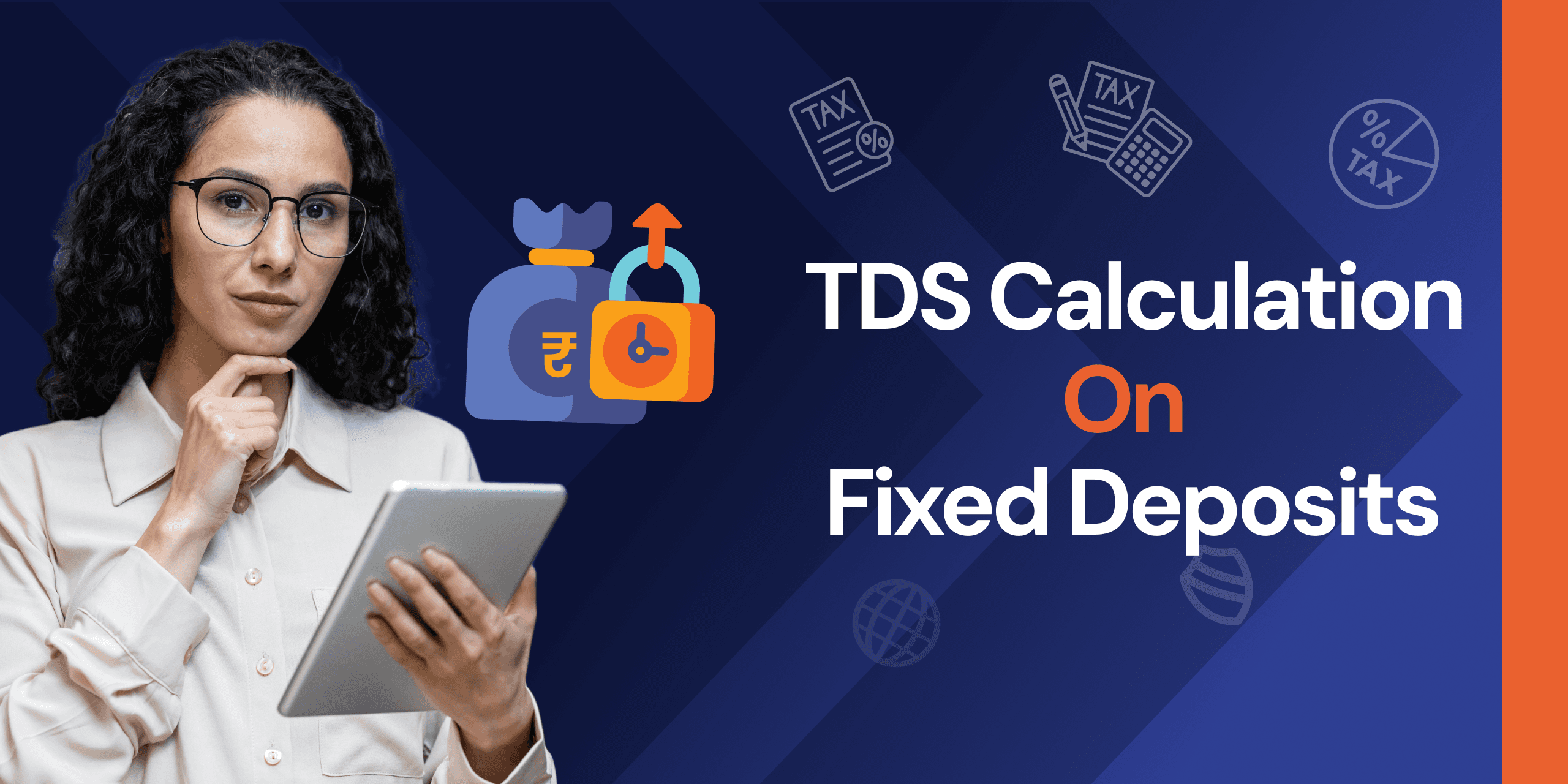Posted on Dec 30, 2024

Vikas Chandra Das
Financial Content Expert & Brand Storyteller
Cumulative vs Non-cumulative Fixed Deposits
Having choices to make is an interesting situation to be in, especially as an investor looking to create solid and stable wealth. So, fixed deposits come to mind when creating wealth this way. Their ability to generate safe returns throughout makes them a preferred investment option for many conservative investors. Moreover, with a fixed deposit, you usually have two options - cumulative and non-cumulative products.
While interest rates will likely remain the same for both, the eventual earnings differ based on the difference in their overall functionalities. Cumulative FDs earn you more compared to non-cumulative versions. However, both cumulative and non-cumulative FDs are equally important and serve different purposes. So, it’s important to be aware of their functionalities and purposes to make the right choice as an investor. First, we’ll have an overview of a fixed deposit.
What’s a Fixed Deposit?
It’s about depositing a lump sum for a specified period and letting that grow at a prevailing interest rate. At maturity, you will get the invested capital along with the interest on the same. It’s like a gateway to building wealth regardless of market fluctuations.
Currently, fixed deposit interest rates stand at upto 9.30% per annum. Unlike most other investments, your money remains safe here from market fluctuations. For example, if you book an FD for 3 years at 9.30% per annum, and a couple of months later, the bank revises the rate to 8.50%, your return rate will be 9.30% only. That 8.50% will, however, apply to the investors booking an FD at the time of rate revision by the bank. Simply put, your booking rate is your fixed deposit interest rate.
Interest Compounding Frequency Options in Fixed Deposits
The interest earnings, in absolute numbers, depend on the compounding frequency chosen by the investor - Monthly, Quarterly, Half-yearly and Yearly. These options are defined by their name themselves.
Monthly Frequency - The interest will compound every month.
Quarterly Frequency - The interest will compound every quarter.
Half-yearly Frequency - The interest will compound every six months.
Yearly Frequency - The interest will compound every year.
Monthly and quarterly options tend to earn investors more interest compared to the other two compounding alternatives.
Cumulative Fixed Deposits
Cumulative fixed deposits are defined as a product where the interest keeps compounding as per the chosen frequency and is paid on maturity along with the invested capital. The interest keeps getting reinvested to help investors accumulate a seemingly large maturity sum. Cumulative FDs are suitable for people wanting to build wealth over time. These are people who may want to build wealth to buy a home and a car, as well as want funds for education and retirement.
How Does the Interest Accrue on a Cumulative Fixed Deposit?
Knowing the interest that will accrue on a cumulative fixed deposit is possible with this formula.
A = P x (1+R/N)^(NxT)
A = Maturity Sum
R = Rate of Interest
P = Principal Amount
N = Number of Times the Interest is Compounded Per Year
T = Tenure
However, as human error can always creep in, it’s better to use the fixed deposit calculator online. The calculator uses the same formula. You just need to input the principal amount, interest rate and tenures, besides choosing the compounding frequency, in the calculator. The calculator will then calculate the maturity amount before you.
Non-cumulative FDs
Non-cumulative fixed deposits are ones where as an investor you enjoy periodic interest payouts. The payouts can happen on a monthly, quarterly, half-yearly or annual basis. At maturity, you get the principal amount. Those requiring a steady flow of income, such as retirees, will appreciate investing in non-cumulative FDs. Retirees usually don’t find active income at this stage of their lives.
How is Interest Calculated on Non-cumulative FDs?
The interest will be calculated based on the compounding frequency you choose from monthly, quarterly, half-yearly and yearly options. The interest so calculated will be paid to you at any of the monthly, quarterly, half-yearly and annual payout frequency you choose while booking a non-cumulative fixed deposit.
How to Choose Between Cumulative and Non-cumulative FDs
Choosing between cumulative and non-cumulative FDs depends on assessing various factors such as your financial goals, risk appetite and flexibility, etc.
Define Financial Goals
Financial goals determine to a large extent the type of fixed deposit that will best serve your needs. So, if you are eyeing long-term goals such as a home purchase or retirement reserves, choosing between a cumulative vs non-cumulative FD remains simple. You should choose the cumulative option best suited for these goals. However, if you are seeking a steady stream of income, choosing the non-cumulative FD option offering interest payouts at regular intervals will be better. There can be some seeking to create wealth as well as needing regular payouts. They can thus break their lump sum savings and distribute them across cumulative and non-cumulative fixed deposits.
Assess Your Liquidity Needs
What are your liquidity needs? Do you need cash frequently because your job remains unstable or your income remains seasonal? Or do you have no problems with the current flow of income and you just want to let your lump sum savings grow to new heights? The answers to these help you choose between a cumulative vs non-cumulative FD. Someone with high liquidity needs should opt for a non-cumulative option, whereas the ones with less liquidity requirements should prefer a cumulative FD to grow wealth.
Evaluate Investment Flexibility
Enjoying the benefits of both interest reinvestment and payouts is the best you can have with a fixed deposit. That’s why using both options in proportions that help meet your financial goals is equally important. Always opt for a bank that offers the highest interest rate on availing both cumulative and non-cumulative FDs.
Switching Between Cumulative and Non-cumulative FDs
The flexibility of switching between cumulative and non-cumulative fixed deposits is always welcome. For example, your 7-year cumulative fixed deposit runs smoothly for five years and you lose a job all of a sudden, disrupting the flow of regular income. In that case, you would want to fill the income gap with a fixed deposit that allows you periodic payouts. So, switching to a non-cumulative fixed deposit will make sense. On the other hand, if you want to build wealth as you are assured of regular income, you can get your non-cumulative fixed deposit converted into a cumulative fixed deposit.
Sounds Good! But What are the Switching Formalities?
You need to inform the bank about the change. The bank will likely ask you to complete a few formalities like giving consent to the standing instruction that allows conversion. You may have to pay a nominal fee as per the guidelines issued by the bank. Do review the terms and conditions associated with the switch. Like what interest rate will apply and several other important stuff. When finding the terms and conditions fit, go ahead with the FD switching process.
Final Words
The difference between cumulative and non-cumulative FDs is explained in this article. Choosing between the two rests heavily on your financial goals and imminent needs. Long-term goals will require building wealth using a cumulative fixed deposit. Whereas people with regular income requirements will love investing in a non-cumulative fixed deposit. For more tailored fixed deposit recommendations, you can always rely on BharatFD, a revolutionary platform that transforms the way people invest in fixed deposits.




